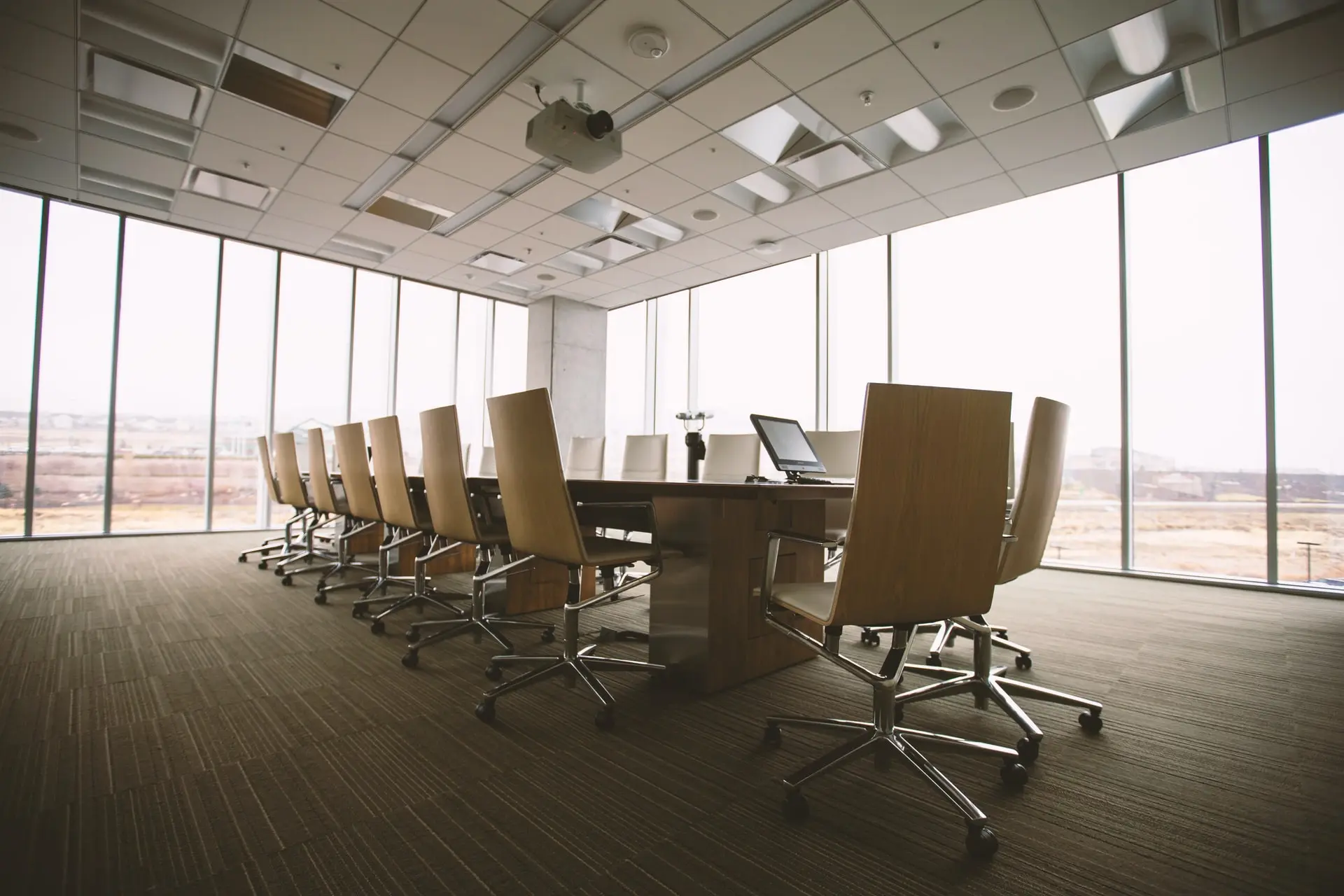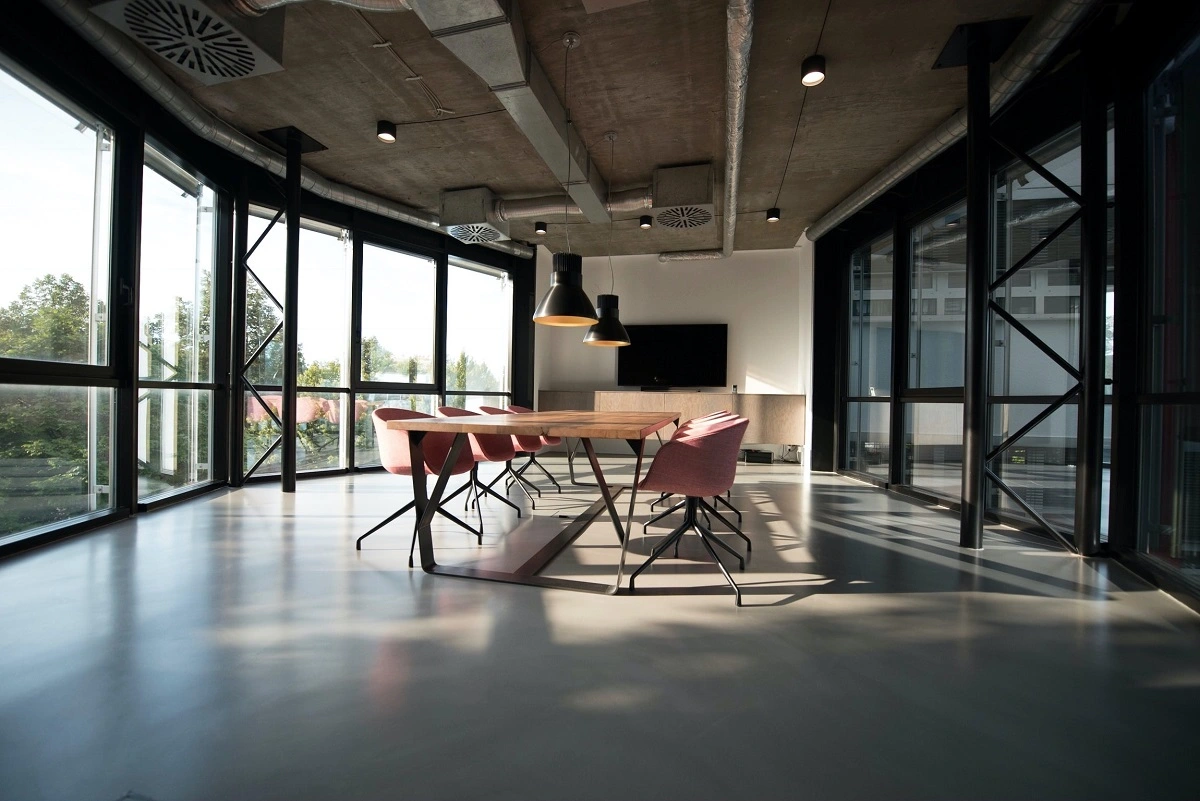How Flexible Workspaces Can Help Organizations – There’s a reason why everyone, including start-ups to large corporations, is putting money into the flexible workspace. There’s no denying that work is much more mobile than ever before, thanks to smartphones, laptops, ubiquitous wi-fi, and, most recently, a worldwide epidemic that has compelled a significant percentage of the workforce to work from home.
That’s why flexible workspace designs, which we define as “fully serviced offices with entirely devoted workspaces, amenities, and fixtures and fittings available to the company and professional people via flexible lease terms” — have quickly progressed from a cost-effective office way to solve for start-ups and freelance writers to a strategic decision for larger companies and landlords.
Why Are Flexible Workplaces Beneficial To Your Business?
According to a recent Harvard poll, 96 percent of professionals feel they need versatility, but just 47% have it. Flexibility was generally characterized in this poll as the capacity to plan their work around their personal life. However, enabling workers to choose wherever and how they work — both inside and outside the workplace — had a significant role.
Flexible workspaces are meant to provide workers this flexibility by providing a variety of work settings — often across multiple locations — that allow professionals to select where and how they work. Here are some of the primary advantages of flexible workspaces:
Flexible workplaces are associated with higher productivity, both because of the flexibility they allow employees and the high quality of the facilities themselves.
In a recent poll of 1,000 or more office employees, 77 percent said their working atmosphere helps them be more productive. Sixty-four percent said they are more effective if they can work in a wide variety of locations across the company, and 72 percent said they like getting up and going to a quieter workstation if their usual workstation becomes too noisy or distracting.
Employees don’t even have to leave the building to buy coffee or snacks, which adds productivity to already-packed days.
Flexible Lease Terms
Unlike standard office spaces, which may have lease terms ranging from 10 to 15 years, adaptable spaces allow companies more flexibility and control. Lease terms may be arranged to run anything from a few months to five years in many circumstances. Furthermore, rather than paying for surplus space to meet expected expansion, organizations may pay for freedom based on the current workforce and extend their areas as needed.
Reduced Occupancy Costs
When a firm rents a typical workplace, they are responsible for customizing the space to match their specific requirements, including furniture and lighting to networking equipment and floor coverings. Most flex space agreements usually take care of these elements, enabling the leasing business to avoid investing considerable resources upfront.
The Most Advanced Tools, Technology, And Facilities
Flexible workplaces often provide the most cutting-edge equipment and technology to aid in the completion of tasks. This covers everything from adjustable height, natural lighting, noise reduction in the office to fast and dependable wi-fi, LCD monitors with video conference technology and screen sharing capabilities, and USB charging and power adapters. This is a huge advantage for businesses since it protects them from investing in risky investments like technology.
Employees are more productive when they have the correct, high-quality equipment at their disposal. That’s all there is to it.
For details related to Flexible Workspaces for enhanced productivity, you can visit the following website https://studioasa.in/
What Characteristics Do Flexible Workplaces Have In Common?

The most flexible workplaces make efficient use of space, provide a range of work locations, and have well-designed workstations, meeting rooms, and appealing amenities and services.
The Following Are Some Of The Most Typical Characteristics Of Flexible Workspaces
On-demand meeting and event rooms with video-equipped LED displays, wireless screen-sharing technologies, and interactive whiteboards are examples of well-equipped collaborative spaces. These areas should be easily accessible and reservable using an online reservation system.
Cafés For Those Who Work Best In A Noisy Environment
These establishments frequently provide a separate social room where you may network, recharge with refreshments and snacks, or carve out a quiet spot to work.
Work Pods For Persons Who Need To Concentrate
Inflexible workplaces, privacy may take several forms, including soundproof phone booths, entirely private office suites, and working pods ideal for heads-down work or personal phone calls.
A Wide Range Of Desking Choices Is Available To Meet Your Needs
“Hot desks,” known for renting shared desk spaces, are available at several coworking and flex services.
Here Are Some Suggestions For Making Your Workplace More Flexible
Don’t try to shoehorn your staff into a one-size-fits-all flex solution. Investigate which combination of flex space characteristics will best assist your team’s workflow: An open, collaborative area with a few phone booths for solitude on occasion? Or maybe private offices with a café?
Instead of the cubicle farm (thinking of the all-too-accurate workplace parody film Office Space) and the fully open-plan office, embrace transformational designs that allow for organic mobility, diverse processes, and collaboration.
Flex areas, which include coworking spaces, on-demand conference rooms, and a range of desking alternatives, provide the most flexibility, owing to variable lease periods.
To Sum It Up
Flexibility in the workplace is not a fleeting fad. For years, many workers have worked outside of their traditional desk area, checking emails on their walk to work or working on worksheets at the nearby coffee shop to change their atmosphere. A dramatic acceleration in the acceptance of remotely and adaptable work, owing in large part to the COVID-19 epidemic, has caused CBRE to suggest in a recent analysis that this moment “may be the single largest enduring shift in real estate strategy” in memory. They are being pushed to reconsider how they lease and use space, which is why flexible workspaces and variable lease periods are so enticing – they provide companies more control and agility, enabling them to be more adaptable during periods of higher and volatility.
For details related to Flexible Workspaces for enhanced productivity, you can visit the following website https://studioasa.in/



YOUR COMMENT